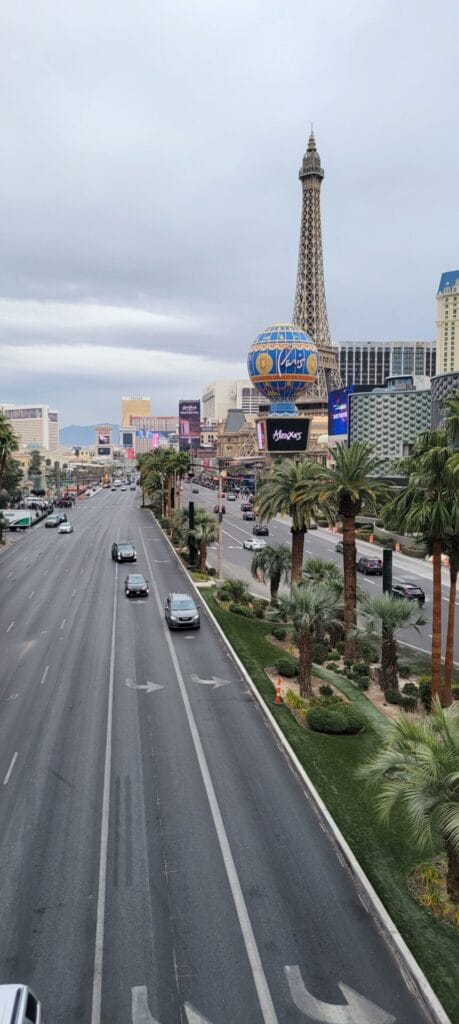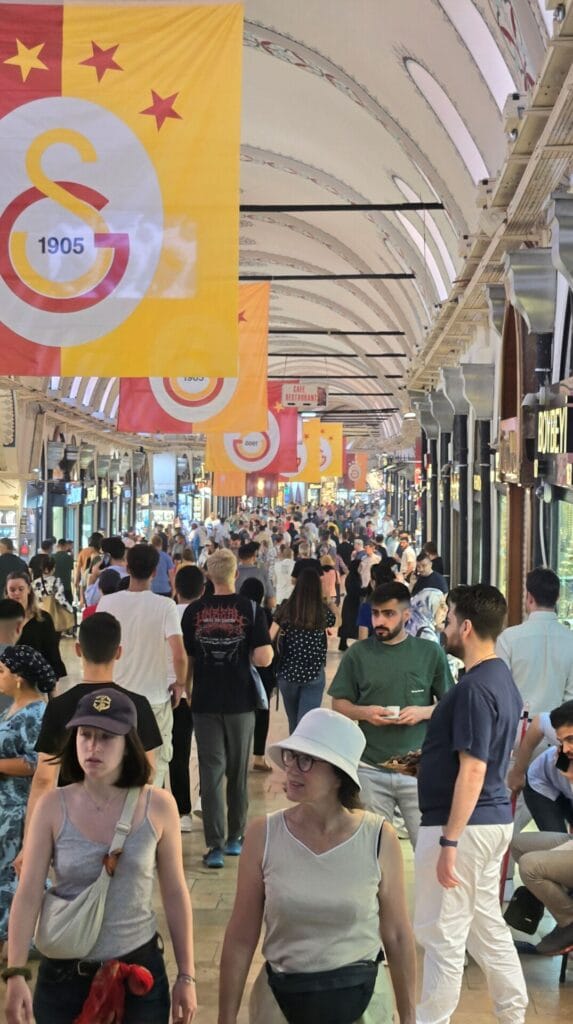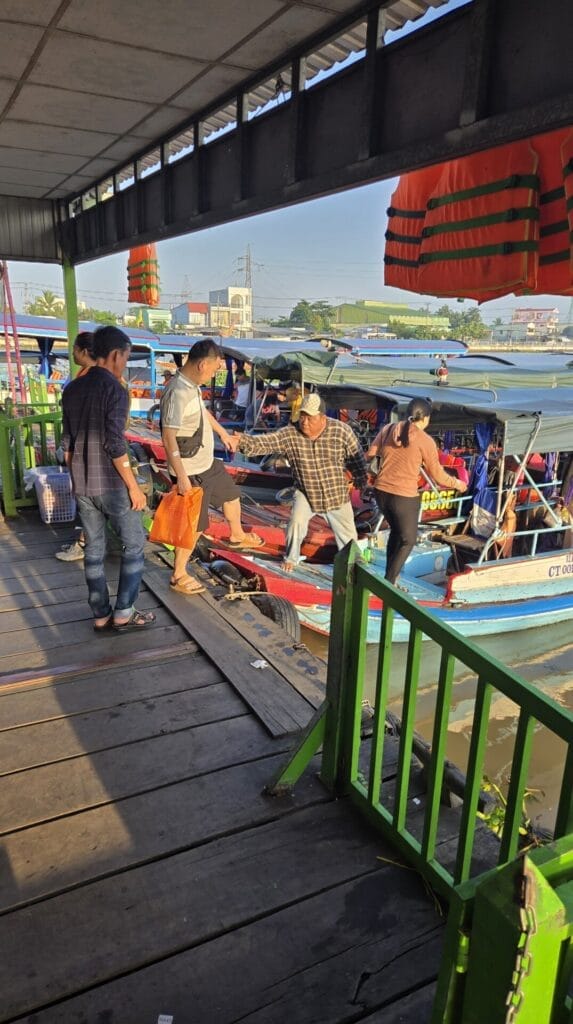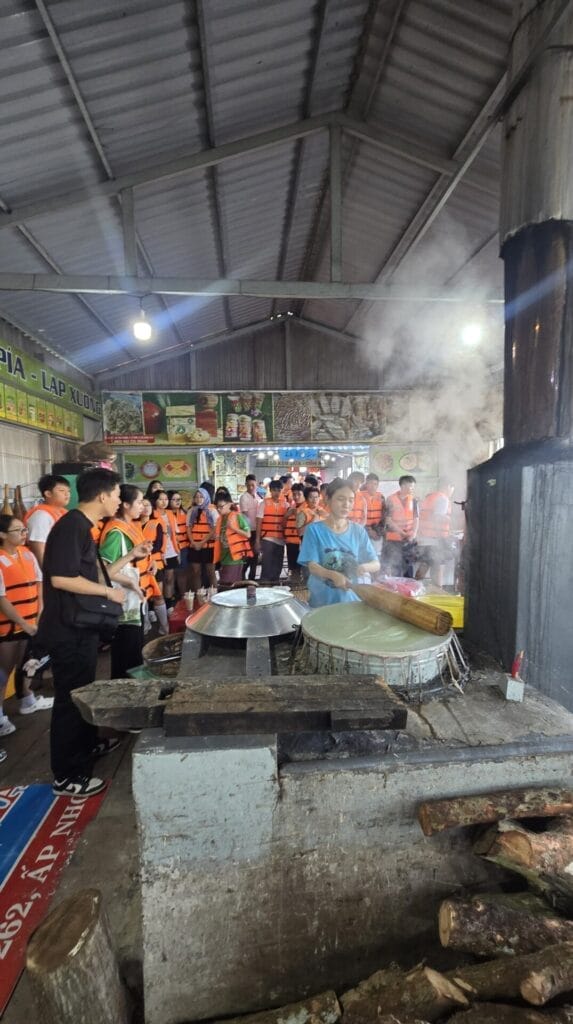Understanding Tourist Traps: A Comprehensive Guide
Updated 1-28-25
Traveling is one of life’s greatest pleasures. Discovering new cultures, tasting exotic foods, and seeing stunning landscapes can be incredibly fulfilling. However, the downside to visiting popular destinations is the prevalence of tourist traps. These locations and businesses often capitalize on the uninformed traveler, leading to inflated prices and disappointing experiences. This guide aims to explain what tourist traps are, identify common examples, highlight some of the most overrated attractions, and provide strategies to avoid getting ripped off.
What is a Tourist Trap?
A tourist trap is a place or activity designed to attract and separate tourists from their money, often by offering subpar experiences at high prices. These traps can range from overpriced restaurants and souvenir shops to attractions that don’t live up to the hype. The primary goal of a tourist trap is profit, sometimes at the expense of authenticity and quality. Often, these locations are heavily marketed, making them seem like must-visit spots, but they usually leave visitors feeling unsatisfied and regretful.
Common Tourist Traps
Understanding common tourist traps can help travelers make more informed decisions. Here are some typical examples:
- Souvenir Shops Near Major Landmarks: These stores often sell mass-produced, low-quality items at inflated prices. While buying a memento is tempting, it’s better to shop away from the main tourist areas where you can find unique, handcrafted items.
- Overpriced Restaurants: Restaurants near famous attractions often charge premium prices for mediocre food. The view might be nice, but the quality and authenticity of the food can be lacking.
- Guided Tours with Hidden Costs: Some tours advertise a low upfront price but add numerous extra charges for essential components of the tour, such as entrance fees or transportation.
- Tour Guides That Approach You: I’ve had guides approach me in Istanbul, Marrakesh, and the Taj Mahal. They all have official-looking badges and will bait you with easy access to attractions and their friendliness. Some are legit, and others will rip you off.

Overrated Tourist Attractions
While some attractions are worth every penny, others must live up to their reputation. Here are a few examples of overrated tourist attractions: for a list of significant tourist traps around the world, visit-https://casago.com›blog › biggest-tourist-traps-worldwide
- The Hollywood Walk of Fame (USA): While iconic, the Walk of Fame can be underwhelming. The area is often crowded and full of aggressive street vendors and impersonators.
- The Leaning Tower of Pisa (Italy): Although it’s a famous architectural marvel, the area around the Leaning Tower is packed with tourists, and the town of Pisa itself has limited other attractions.
- Times Square (USA): Although known for its bright lights and bustling atmosphere, it is often overcrowded and filled with expensive, tourist-focused shops and restaurants.
- The Little Mermaid (Denmark): This small statue in Copenhagen draws large crowds but can leave visitors underwhelmed due to its small size and the heavily commercialized surrounding area.
Biggest Tourist Traps
Identifying some of the most prominent tourist traps worldwide can help you plan your travels more wisely. Here are a few notorious examples:
- Las Vegas Strip (USA): While the Strip is famous for its casinos and entertainment, it’s also known for overpriced shows, restaurants, and souvenirs. You’ll find the real Las Vegas experience off the Strip, where locals go.
- Niagara Falls (USA/Canada): The natural beauty of the falls is undeniable, but the surrounding area is full of tourist traps, from overpriced parking to kitschy attractions.
- Santorini (Greece): Known for its stunning sunsets and white-washed buildings, Santorini can be incredibly crowded and expensive, especially during peak tourist season. The crowds of tourists and high prices for accommodations and meals can often overshadow the island’s charm.
- Taj Mahal (India): While a breathtaking architectural wonder, the surrounding area is filled with aggressive touts, overpriced guided tours, and numerous scams targeting tourists.
- The Pyramids of Giza (Egypt): The Pyramids themselves are awe-inspiring, but the area is notorious for pushy vendors, overpriced camel rides, and guides demanding exorbitant tips.
Biggest Tourist Traps I’ve Encountered
Grand Bazaar Istanbul: The minute you walk into a stall, you’re going to be hit up to buy something overpriced. It doesn’t matter if it’s a souvenir, Turkish delight, or jewelry; this is the worst place to buy anything. They know tourists are only there once, so they go all out to get your money.
Gatlinburg, Tennessee: Being the main road through the mountains has made Gatlinburg a visitor’s nightmare. Streets lined with miniature golf courses, go-kart tracks, and water parks. They have every trick to get money out of your pocket in the book.
Jemaa el-Fnaa Marrakesh:During the day, this is set up for tourists with snake charmers, monkey handlers, and souvenir stalls. But as soon as you take a picture, you will be hounded for money. I’ve even seen them approach people with snakes in hand to scare tourists. That said, the locals come out at night, and it’s a lively place to spend an evening.

The Allure of Day Trips
We’ve all seen the glorious write-ups for day trips when searching the internet for things to do in a city or country. All the fabulous four, six, and eight-hour mini-adventures you can create for yourself with just a click of a button. Does this sound familiar?
The Promise of Can Tho’s Floating Markets
It’s just what sold me on a visit to Can Tho, Vietnam, and the floating markets. Imagine visiting somewhere where you can step back in time and experience life as it used to be on the Mekong River.
The Itinerary: What to Expect
During your four-hour trip, you will get an early morning boat ride down the river to see the floating market at its busiest. Your journey features include breakfast, made fresh, in traditional Vietnamese style.
After finishing breakfast, you’ll take a short boat ride to witness how locals use sugarcane to make drinks and as a sweetener for local delicacies. This will be followed by a demonstration of how local basket weavers make handmade specialty baskets.
You then take a return ride back to your starting point, leaving most of the day free to enjoy the rest of Can Tho.

My Decision to Visit Can Tho
Sound good? For me, it was worth going out of my way to see the floating market. Even though it wasn’t near anything I planned to visit, I could “make it” fit into my schedule and route in between cities.
First Impressions: A Disappointing Reality
Unfortunately, not only didn’t it live up to its write-ups, it was disappointing.
Reading about the floating market, I envisioned hundreds of boats connected by ropes where people from the villages sailed the Mekong to sell their crops and homemade wares. It seemed like one of those “step back in time” attractions we all hope to find. Unfortunately, this was not the case.
Early Morning Gathering on the Mekong
The tour starts at 5:30 a.m. on the banks of the Mekong River, where you and other tourists gather at the meeting point—in this case, the Ho Chi Minh statue in the center of town.
At this time in the morning, you’ll find a few coffee shops open, but not much else happening except for delivery men loading their trucks outside bustling distributor doors. Baskets, boxes, and crates filled with fruits, vegetables, and flowers are organized, sorted, and counted as each vehicle is loaded.
Joining the Crowd
After arriving at the statue, you find yourself mingling with others waiting to meet the guide holding an orange clipboard, wearing a black shirt with the outfitter’s name printed on the back.
Remember, be on time, because if you arrive late to the meeting point, there are no refunds.
Boarding the Boat: A Circus-Like Experience
After gathering the group, you’re guided to the pier entrance where your boat is docked. It’s now when you see hundreds of people heading toward the boat docks from different directions. The number of tourists gathered along the river shore to see the floating market is overwhelming.
You are divided into boats and given a life preserver as you board. The rickety wooden boats sway as each person enters and walks down the center aisle. Except for the captain’s chair, all the other chairs and benches are not attached to the deck.
Journey to the Floating Market
The journey up the Mekong takes about forty minutes. As you cruise, two or three people in a single boat pull alongside and hitch their boat to yours, offering samples of fruit and selling bags to tourists. They then expertly unhitch and circle around to catch other boats in the line.
Arriving at the Floating Market
Even though we arrived around sunrise, the morning festivities were already past their peak. The boats were there, but the hustle and bustle of a market was a shadow of what was promised.

Breakfast on the Floating Platform
After weaving through the maze of boats, we were driven to a large floating platform where tourists disembark for breakfast.
You’re seated at a row of tables and given a few breakfast options, which are delivered promptly. The platform bustles with boats coming and going, constantly dropping off and picking up passengers.
Demonstrations and Souvenir Shops
After breakfast, the boat takes you further down the Mekong to another platform. This time, it’s a demonstration of traditional crafts.
Dozens of tourists crowd around the craftsman, snapping photos of the short demonstration. Afterward, you’re left to wander the rows of tacky souvenir shops filling the rest of the floating platform.

The Truth About the Floating Market
Unfortunately, the entire floating market is fiction. It’s an attraction built to catch unsuspecting visitors looking for something to do. The real floating markets disappeared as roads and transportation improved in the area. Goods are now shipped by trucks along highways and paved roads.
What remains is a tourist trap: vendors, boats, and floating platforms all set up for visitors.
Reflections on Tourist Traps
For me, the worst tourist traps are those re-created just for tourists. You’ll encounter these occasionally, but you probably won’t know until it’s too late.
The best part of these experiences is often the local food vendors and souvenir stalls surrounding the attractions.
Lessons from Can Tho
I visited Can Tho to see the floating market because of the glowing descriptions in guidebooks and online. I spent about five days detouring to visit the market, but it didn’t live up to the hype.
Finding attractions built purely for tourists is becoming more common. The influx of visitors and the money they bring is seductive. While this trip was a disappointment, it was a valuable reminder to approach tourist attractions with a critical eye.
How to Avoid Tourist Traps
Avoiding tourist traps requires a bit of research and planning. Here are some strategies to help you steer clear of these pitfalls:
- Do Your Research: Before traveling, spend time researching your destination. Read travel blogs, reviews, and guides from seasoned travelers to understand which attractions are worth visiting and which to avoid.
- Seek Local Advice: Locals can provide invaluable insights into the best places to visit and dine. Use platforms like Couchsurfing, Reddit, or local forums to ask for recommendations.
- Visit Off-the-Beaten-Path Attractions: Popular tourist spots are often crowded and overpriced. Instead, look for lesser-known attractions that offer a more authentic experience without the high price tag.
- Avoid Peak Tourist Times: Traveling during off-peak seasons can help you avoid the crowds and inflated prices. Weekdays and early mornings are often less busy than weekends and afternoons.
- Read the Fine Print: Be cautious of tours and activities that seem too good to be true. Check for hidden costs and make sure you understand what is included in the price.
- Use Trusted Resources: Utilize reputable travel resources like Lonely Planet, TripAdvisor, and Rick Steves for honest reviews and recommendations.
How to Avoid Getting Ripped Off
Getting ripped off can put a damper on your travel experience. Here are some tips to help you protect your wallet:
- Negotiate Prices: In many parts of the world, bargaining is expected. Feel free to negotiate prices for souvenirs, taxi rides, and other services.
- Avoid Tourist-Friendly Restaurants: Restaurants in tourist-heavy areas often charge higher prices. Walk a few blocks away from major attractions to find eateries where locals dine.
- Use Public Transportation: Taxis and rideshare services can be convenient but expensive. Public transportation is usually more affordable and allows you to experience the city like a local.
- Be Wary of Scams: Common scams include overcharging, fake tickets, and misleading information. Stay vigilant and trust your instincts. If something feels off, it probably is.
- Pay Attention to Exchange Rates: When exchanging money, be aware of the current exchange rate to avoid being shortchanged. Use official exchange offices or ATMs to get a fair rate.
- Book in Advance: For accommodations and major attractions, booking in advance can help you secure the best rates and avoid last-minute price hikes.
Conclusion
Tourist traps are an unfortunate reality of travel, but with the proper knowledge and preparation, you can avoid falling into their clutches. By researching, seeking local advice, and being mindful of common scams, you can enjoy a more authentic and fulfilling travel experience. Remember, the best travel experiences often come from stepping off the beaten path and exploring the hidden gems that make a destination truly special. Happy travels!
Till next time, enjoy life’s journey.
Joseph O’Brien

